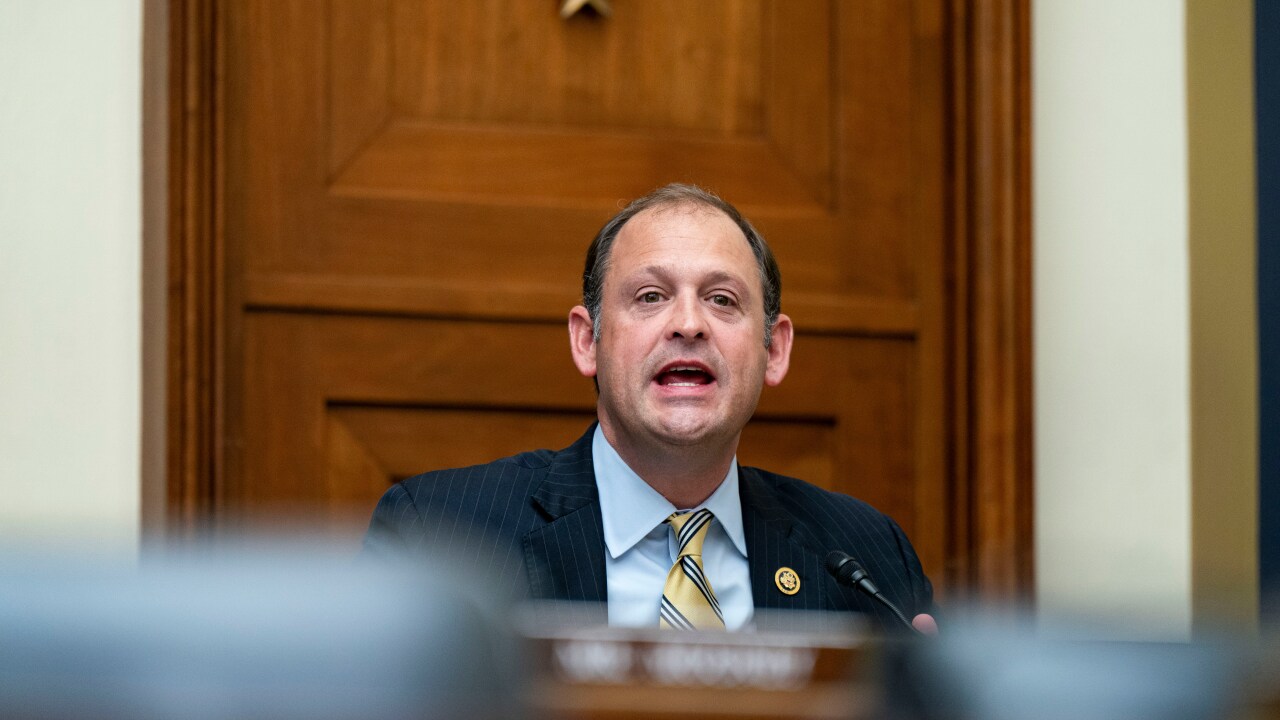SAN FRANCISCO — California lawmakers passed a budget bill last week, but left a lot of details to fill in before the new fiscal year starts July 1.
Both houses of the Legislature sent Gov. Jerry Brown the shell of a $92.1 billion general fund budget along with six other bills, to close an estimated $15.7 billion budget gap for fiscal 2013.
But lawmakers left dozens of budget trailer bills, which detail how the budget is implemented, while waiting for a vote as they attempt to ensure they are on the same page as the governor.
“We have worked closely with the governor all year and there are small but important differences to resolve in the coming days,” Senate President pro tempore Darrell Steinberg, D-Sacramento, said in a statement Friday.
The Democratic majority in both houses worked swiftly Friday after receiving the budget bill shortly before the floor sessions. They would have had their pay docked had they missed the June 15 voter-mandated deadline. It is only the second year Proposition 25 has been in place. That measure also lowers the threshold to adopt a budget to a majority vote from a two-thirds supermajority.
One of the trailer bills that has yet to pass is the controversial “clean-up” legislation meant to hem in the uncertainty created by a law last year that dissolved California’s redevelopment agencies.
Despite the unfinished business, Democrats insist they passed a balanced budget on time.
Last year, Controller John Chiang docked lawmakers’ pay for what he called a late, unbalanced budget, which the governor originally vetoed.
Brown eventually signed a slightly different bill before the end of the fiscal year.
Earlier this year, Democratic leaders sued Chiang for that move and won a judgment in state court that curtailed his power.
The Legislature’s spending plan fills the anticipated shortfall with $8 billion of cuts, $5.9 billion of new revenue and $2.3 billion of “other” solutions.
Most of the revenue relies on voters approving a temporary tax hike in a November tax initiative that would temporarily increase the state’s sales tax by a quarter-cent and raise taxes on income starting at $250,000.
The Legislature’s budget differs by $1.2 billion from the governor’s revised proposal in May, mainly due to the Democratic majority’s reluctance to fully adopt Brown’s proposed cuts to health and human services. Lawmakers instead opted to cut the reserve in half and take more tax increment from former redevelopment agencies.
The Legislature’s plan would pull an additional $250 million of “pass-through” payments that counties had received in the past from RDA tax increment.
“The trailer bills are part and parcel of whatever the final budget agreement is going to be,” said H.D. Palmer, a spokesman for the Department of Finance. “You have to view it in totality.”
State officials have said they will likely need $9.5 billion of external financing to buffer cash flows for the next fiscal year. Those sales usually happen over the summer.
Treasurer Bill Lockyer has called the Legislature’s budget “financeable.”
Proposition 25 may have eliminated the minority’s influence on the budget, but it did not eliminate rancor. The budget passed without a single vote from Republicans.
“Despite the cheers today from our colleagues in the majority party, the budget we passed today is not balanced nor is it on time,” Assembly Republican Leader Connie Conway, R-Tulare, said in a statement. “We only voted on half of the spending measures that compose the full budget before the midnight deadline, and what was voted on relies upon gimmicks, borrowing and an ill-fated tax increase that is unlikely to pass.”
Lawmakers may get a pass from rating agencies since the Legislature generally adopted the governor’s proposal, which mostly received nods from analysts.
Moody’s Investors Service and Fitch Ratings rate California A1 and A-minus, respectively, both with stable outlooks.
However, the ratings could be influenced by the smaller state reserve, which Standard & Poor’s has warned against.
The Brown administration has hailed Standard & Poor’s revision in February of its outlook on California’s A-minus rating to positive from stable as an example of the state’s improved budget.





